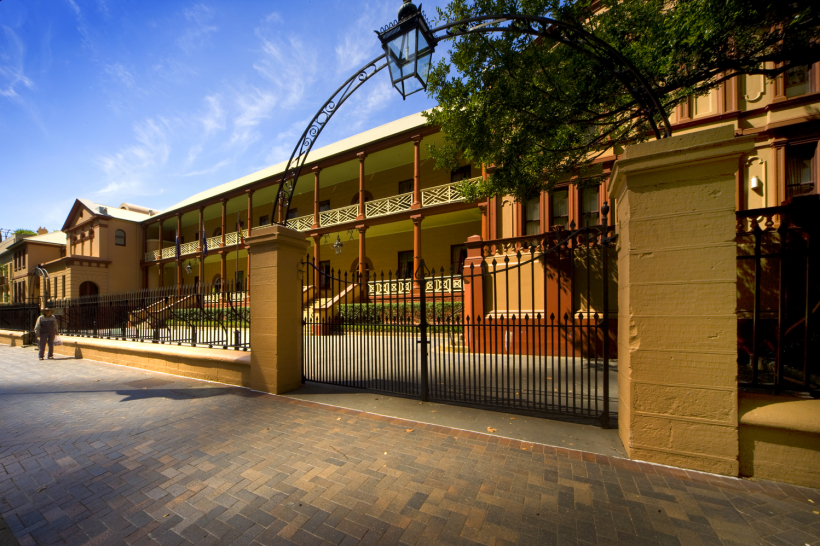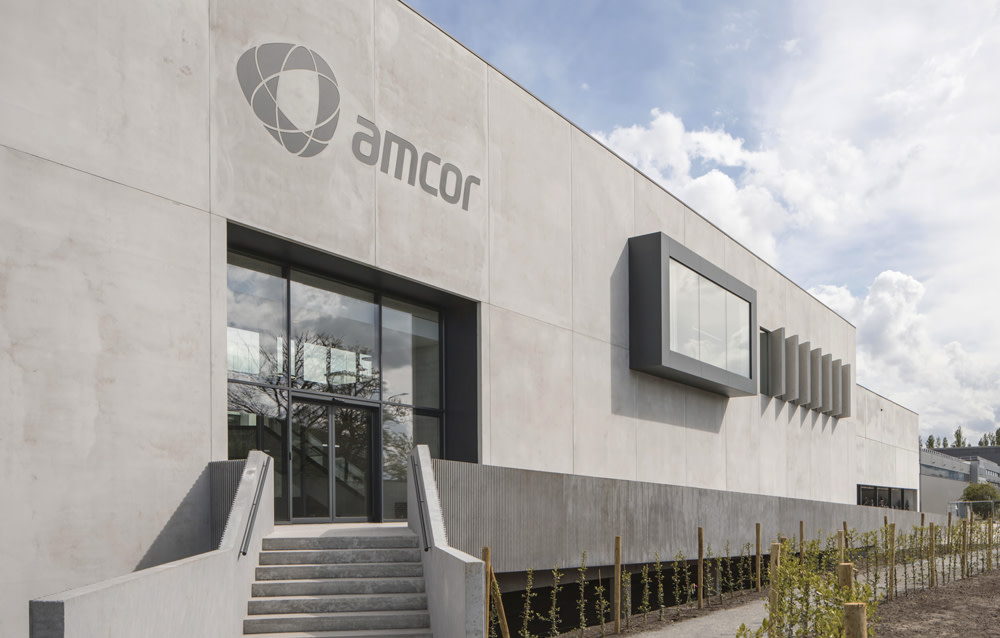The 2021 NSW State of Environment report (SoE) released this week confirms that population growth is “a significant driver of environmental impacts”, Sustainable Population Australia (SPA) has noted.
The SoE report reveals that land clearing has increased threefold over the past decade, woodlands and grasslands have deteriorated, and 62 per cent of vegetation is under pressure from too much fire. The number of species in NSW threatened with extinction has grown by 18 (to 1,043) in three years; bird populations are declining; freshwater fish are in a poor state; and 70 per cent of plants, animals and habitats are under stress from invasive animals, pests and weeds.
SPA national president, Ms Jenny Goldie, says the single greatest cause of species decline is habitat destruction.
“Humans destroy forests and other native habitat for food, shelter and clothing,” says Ms Goldie. “Urban and agricultural expansion, particularly in the most biodiverse regions of the country, means loss of precious habitat for even iconic species such as the koala, which is now threatened.
“The report pulls no punches on the role of population growth in exerting pressure on the environment. It explains why it can be a significant driver of environmental change:
“The NSW Government’s response to this is entirely unsatisfactory,” says Ms Goldie. “It claims it has long-term plans to ‘provide for sustainable and resilient development with a balanced approach to the use of land and water resources, while enhancing liveability and protecting the natural environment’.
“Yet Premier Perrottet is keen to return to high levels of population growth through an immigration program even higher than pre-Covid levels.
“He needs to read this SoE report and understand that you cannot have population growth and also protect the environment, at least not without massive changes to consumption levels and behaviours, most of which would be politically impossible.
“In a democracy, he also needs to realise that a large majority now believe that the costs of population growth far exceed the benefits and that we do not need more people.”



.jpg?sfvrsn=3ac6e96a_4)




